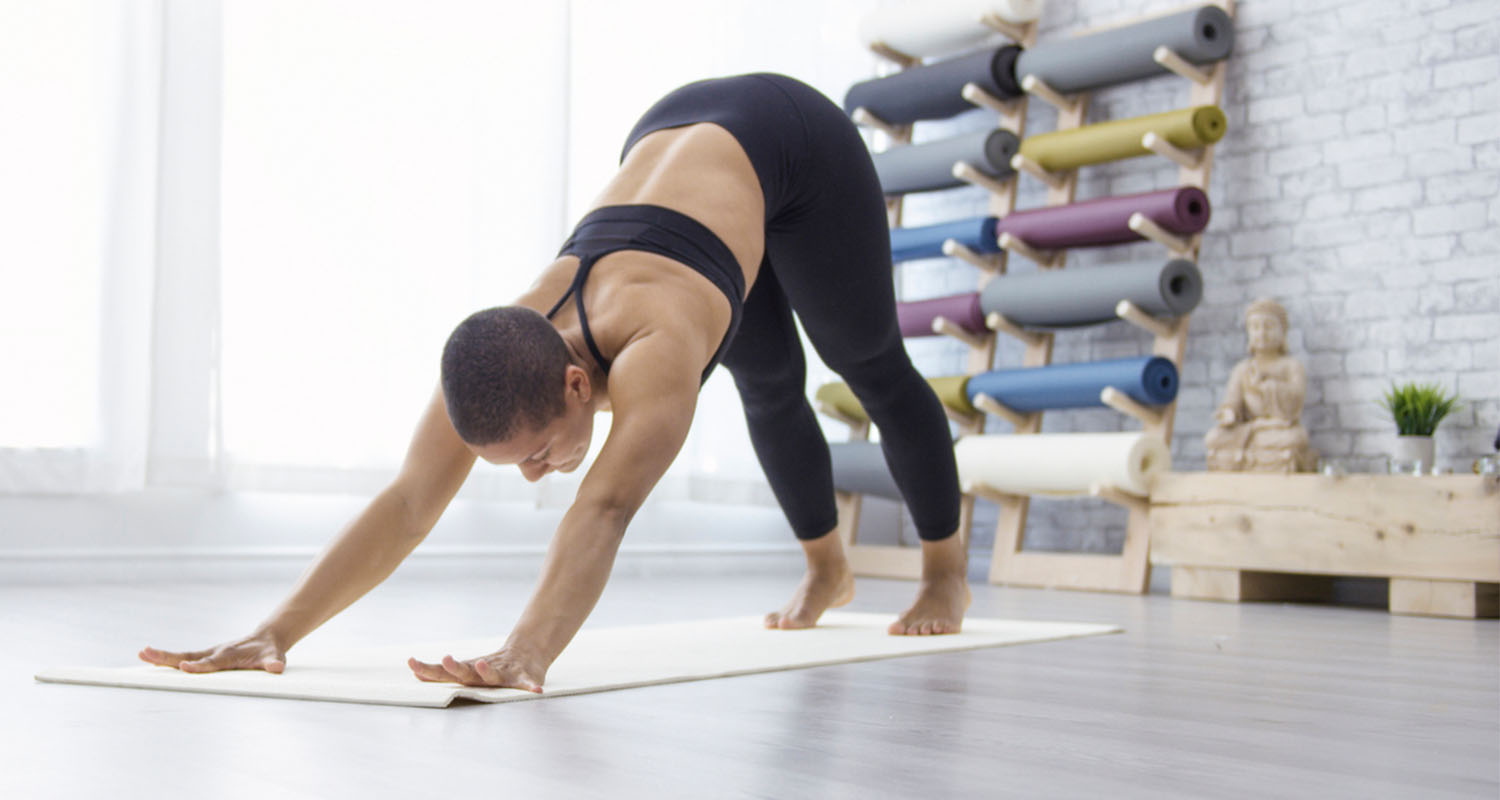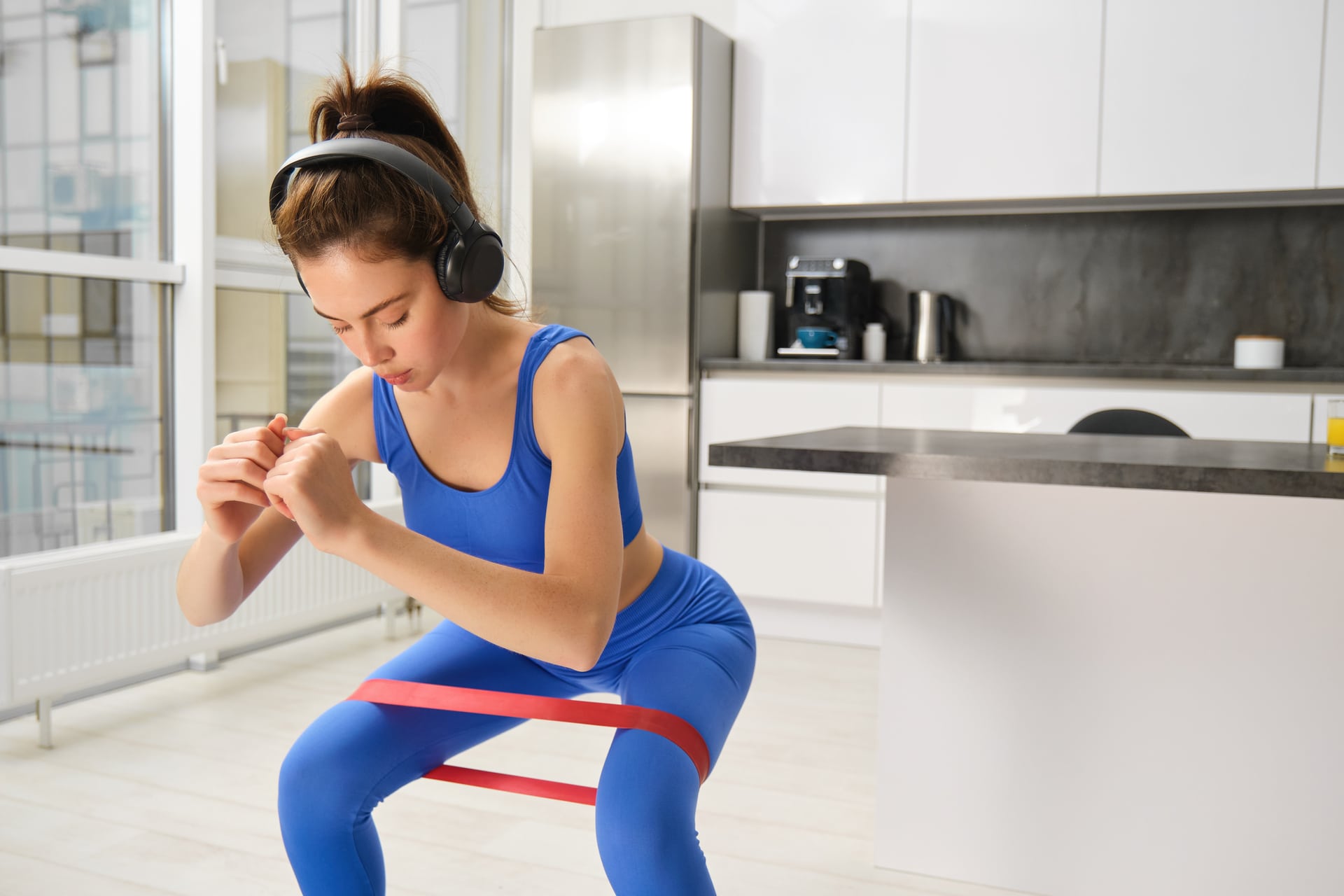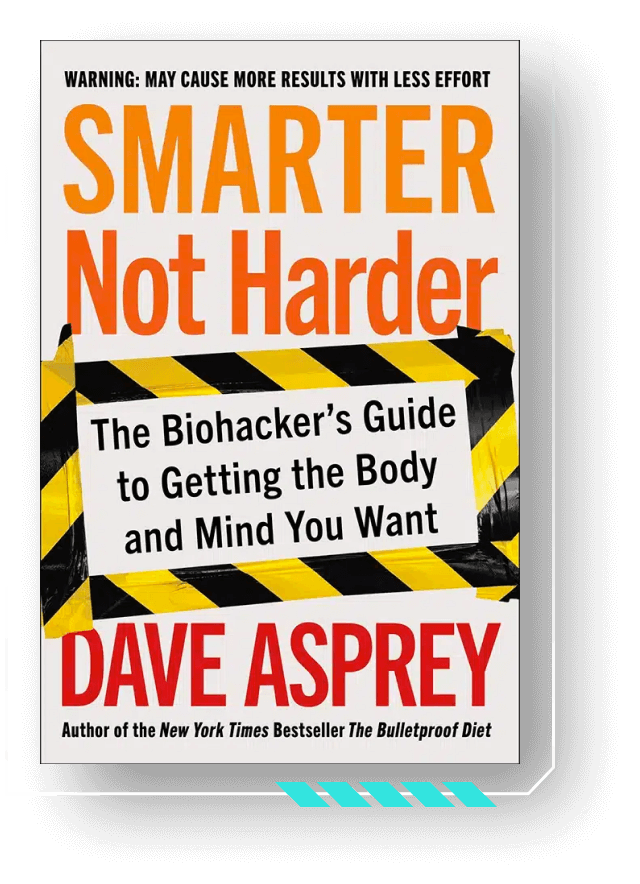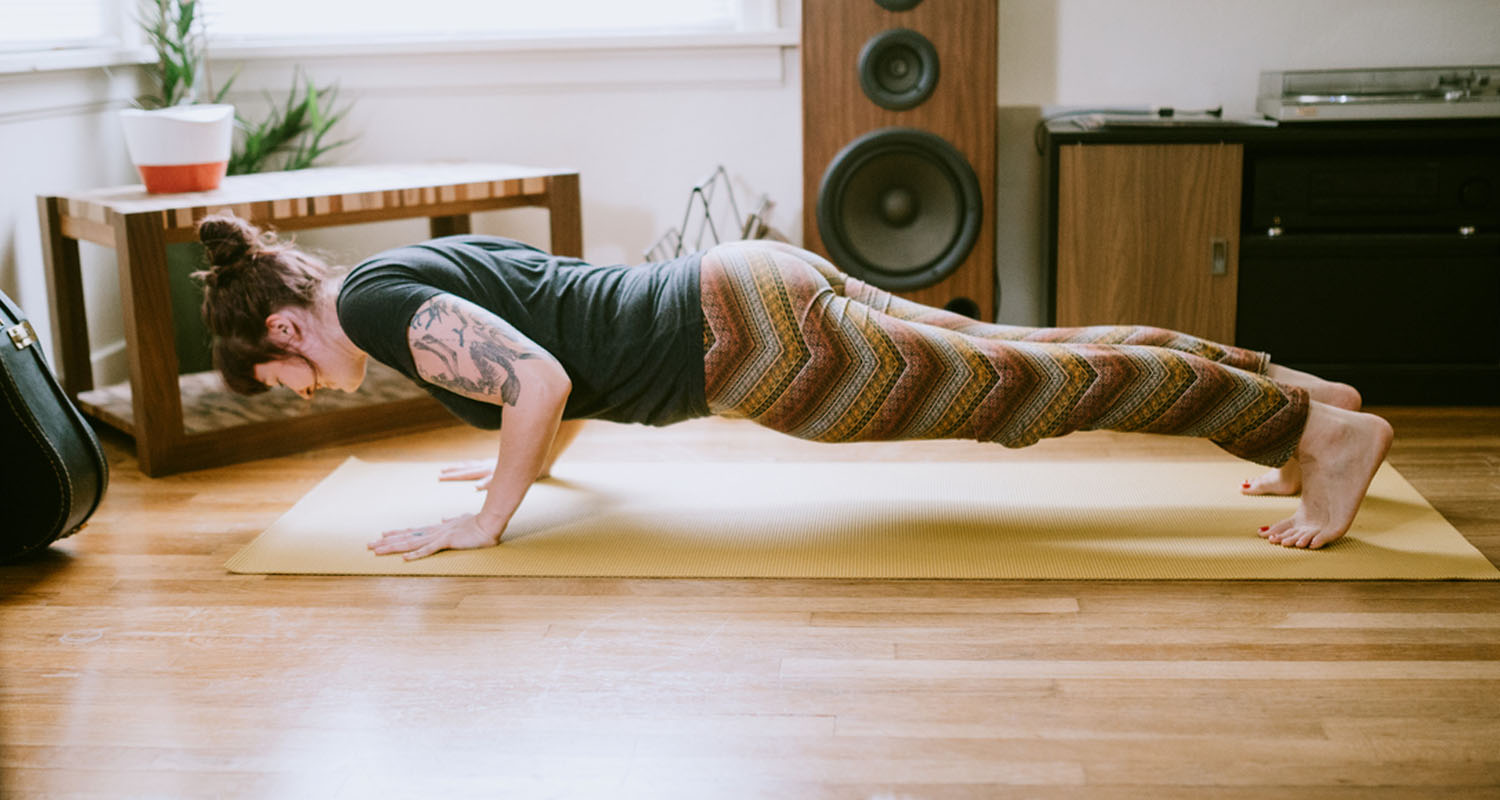
[tldr]
- When you started your first workout routines, chances are you thought more and harder workouts translate to better results.
- Overtraining can cause weight gain. Daily rigorous workouts send signals to your body that there’s chaos in your environment, and that you should hold onto body fat.
- Exercise does much more than make you lose weight or build muscle. If you do it right, exercise can skyrocket your energy and sharpen your mental focus.
- Here are four different programs you can use with different goals in mind. Choose the most important goal for you, or mix them up to keep things interesting.
[/tldr]
The right type and level of exercise does wonders for your brain and metabolism, and it helps you detox. You’ll find that you can do infrequent strenuous exercise once or twice a week to get head-to-toe benefits.
When you started your first workout routines, chances are you thought harder was better. You went harder than you needed to, and stressed your body. You may have seen results at first, but soon you ended up right back where you started.
Conventional recommendations aside, overtraining can cause weight gain. Daily rigorous workouts send signals to your body that there’s chaos in your environment, and that you should hold onto body fat.
That’s because your body responds to strenuous exercise by giving you a surge of cortisol, a hormone that increases blood sugar and messes with your immune system. Short bursts of cortisol are fine, but it’s well established that elevated cortisol for extended periods make you gain weight and lose muscle.
That’s not to say you should become a couch potato. You should get out and move every day, and every so often, go hard.
For the most part, your workouts should look like play, with a brief rigorous workout once or twice a week to get the benefits that people look for when they’re working out every day. To keep your functional movement abilities in tip-top shape, you should incorporate strength, cardiovascular, flexibility, and balance exercises into your rotation.
Here are four different programs you can use with different goals in mind. Choose the most important goal for you, or mix them up to keep things interesting.
Head on over here to instantly download the illustrated guide to these no-equipment workout plans, plus recipes, grocery guides, and more.
Workout routine to build muscle
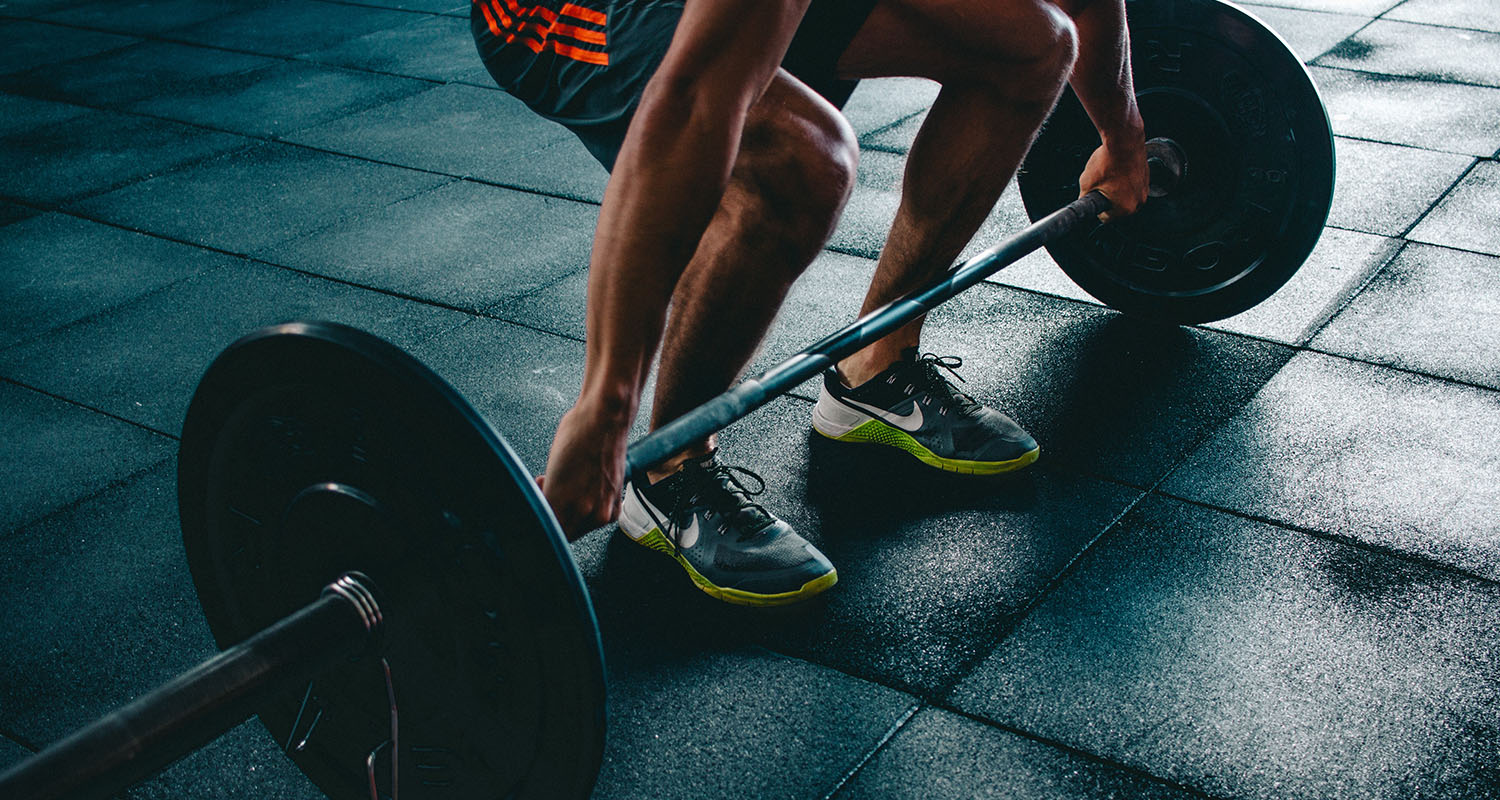
When: Mid-day, after eating
How often: 1-2 times per week
What to do:
Circuit of weight-bearing exercises for every major muscle group.
- Push-ups
- Squats
- Pull-ups
- Deadlifts
Do 10 reps of each with a rest in between. Cycle three to four times. You’ll know when you’re done.
For squats and deadlifts, use enough weight that you’re spent by the last rep.
To increase pull-up and push-up intensity, experiment with different variations on each: close-grip push up, one-leg push up, pull up with knee raise, etc.
Workout plan to increase focus
The key to increasing focus with exercise is boosting your circulation so you get more oxygen to the brain, and moving in a way that requires thoughtful positioning of your body. Yoga meets both requirements with its focused, intricate movements and the stretching, flexing, and inversions that get blood pumping.
What: Sun salutation
When: 1-2 hours before you need to concentrate
How often: 1-2 times per week, or as often as you need to concentrate
What to do:
Do the following poses in order for one minute each:
- Mountain pose
- Upward salute
- Forward fold
- Halfway lift
- Plank
- Low plank
- Upward dog
- Downward dog
- Halfway lift
- Forward fold
- Halfway lift
- Mountain pose
Workout to effectively lose weight (finally!)
One of the biggest mistakes people make when they want to lose weight is thinking that long workout sessions burn calories and in turn burn fat.
Truth is, what you eat makes more of a difference for weight loss than what you burn. In fact, excessive exercise can actually work against you, spiking your stress hormones like cortisol, and making you hold onto excess weight.
What: No-equipment HIIT (high-intensity interval training) sequence
When: Near the end of your intermittent fast (or whenever you have time, but not 2 hours or less before bed)
How often: 1-2 times per week
What to do:
Do each exercise for 60 seconds, and in between do an active rest (walk in place) for 30 seconds.
- Jog in place
- Walk in place
- Bodyweight squats
- Walk in place
- Push ups
- Walk in place
- High jumps
- Walk in place
- Sit-ups
- Walk in place
- Burpees
- Walk in place
Repeat until you’re spent. Work up to 15 minutes.
A quick exercise routine for more energy
Notice that your energy tanks when you haven’t been up to move around in a while? The right exercise gets your heart pumping to give you a surge of energy when you need it, no equipment required.
What: Tabata style workout
When: Right before you typically need an energy boost
How often: 1-2 times per week, or as often as you need to keep your energy up
What to do:
Burpees* 20 sec
Rest 10 sec
How to do a burpee:
1. Stand with your feet shoulder-width apart, arms at your sides.
2. Drop into a low squat.
3. Put your palms on the floor directly in front of you, between your feet.
4. Jump your feet straight back and land in a plank position.
5. Jump your feet forward as they were in step 3.
6. Straighten your arms over your head and jump upwards.
7. When your feet touch the floor, immediately start the cycle again by lowering into a squat.
The kind of exercise that will make the most impact on your physique, your mood, and your overall well-being is anything that brings you joy. Be sure to make plenty of time for any activity that lights you up, whether it involves slow, leisurely movements or high-intensity, explosive action.
Oh, and play outside as much as you can. You can find fun no matter what the weather forecast says.
